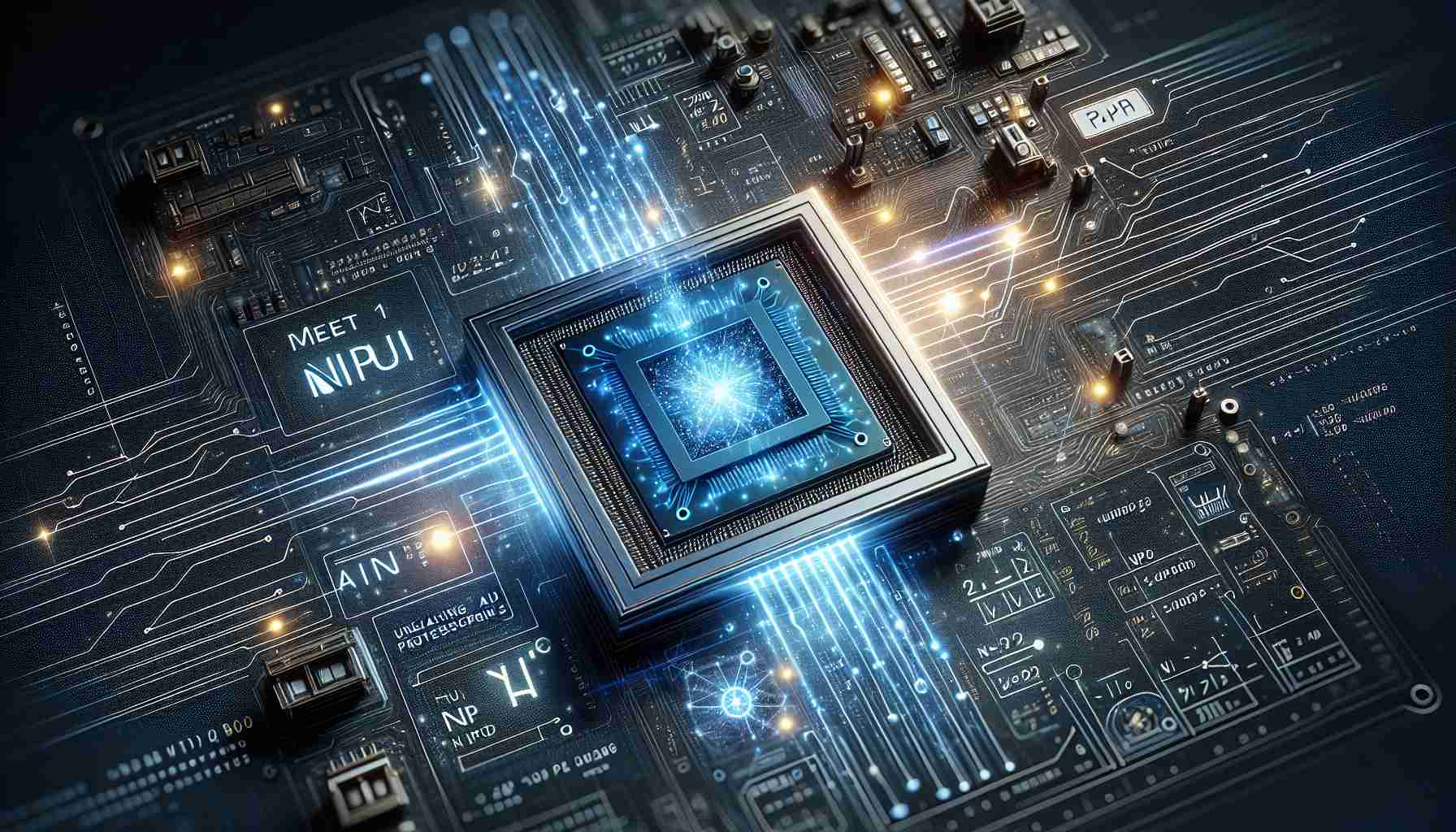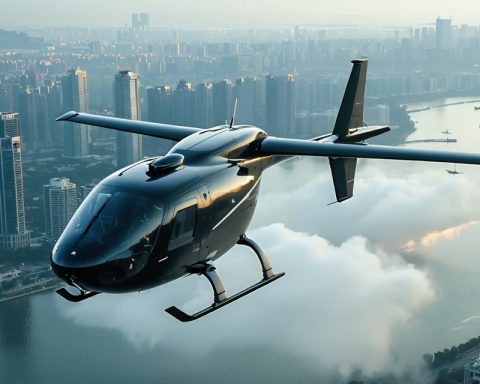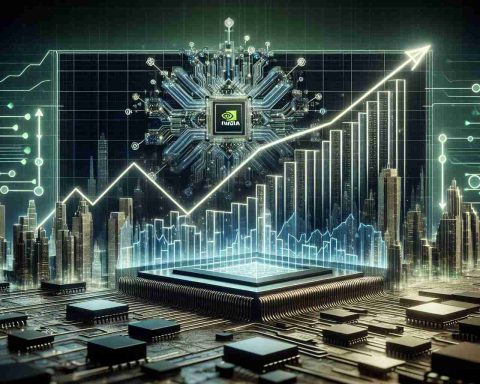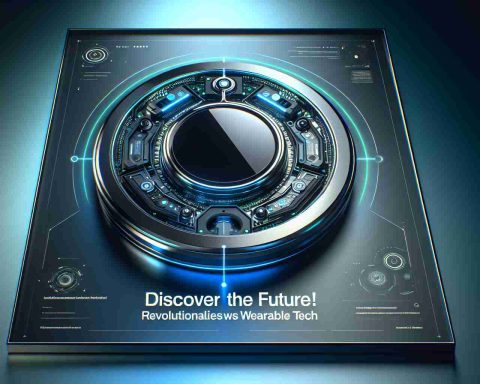As the world continues to embrace artificial intelligence (AI) and machine learning, a technological advancement is making waves in the tech community: the Neural Processing Unit (NPU). Unlike traditional Central Processing Units (CPUs) and Graphics Processing Units (GPUs) that have dominated the computing landscape for decades, NPUs are specifically designed to accelerate machine learning tasks and AI applications.
Efficiency Like Never Before: NPUs are engineered with an architecture that mimics the neural networks of the human brain, allowing them to perform complex AI calculations with incredible efficiency. By doing so, they reduce the computational burden on general-purpose processors, enabling quicker data processing and more sophisticated AI applications across industries.
Transformative Potential: As AI continues to permeate various sectors, from healthcare to automotive industries, NPUs offer the capability to handle these demands seamlessly. Imagine self-driving cars that can process vast amounts of data in real-time or medical diagnostics done with unprecedented precision and speed.
A Glimpse into the Future: Researchers and tech companies are investing heavily in optimizing NPUs, seeing them as a key driver in unlocking AI’s full potential. By enhancing their capabilities, NPUs could soon become a standard component in devices, propelling AI into everyday experiences.
In a world that’s increasingly reliant on AI, NPUs represent a leap forward. Their ability to transform raw data into actionable intelligence efficiently and effectively signals a promising future where AI-driven advancements are at the forefront of technological progress.
Revolutionizing AI Efficiency with Neural Processing Units
In the rapidly evolving landscape of artificial intelligence, the Neural Processing Unit (NPU) is emerging as a game-changing innovation. As industries increasingly depend on AI and machine learning, NPUs are set to redefine how complex data is processed. Here’s a closer look at the recent trends, features, and potential impacts of NPUs in the tech world.
Key Features and Specifications
NPUs stand out due to their specialized architecture, which emulates human neural networks. This unique design allows them to handle AI-specific tasks with remarkable speed and efficiency, surpassing the capabilities of traditional CPUs and GPUs. Some of the standout features include:
– High Throughput: Designed to handle large volumes of parallel computations quickly.
– Energy Efficiency: Lower power consumption compared to traditional processors, making them ideal for mobile and IoT devices.
– Scalability: Easily scalable to accommodate a growing demand for AI processing across various platforms and applications.
Use Cases Across Industries
The deployment of NPUs is transforming numerous sectors:
– Healthcare: Enables real-time data analysis for more accurate diagnostics and personalized patient care.
– Automotive: Powers advanced driver-assistance systems (ADAS) and enhances the safety and capabilities of autonomous vehicles.
– Consumer Electronics: Enhances the performance of smart devices like smartphones and voice assistants by providing quicker and smarter responses.
Trends and Innovations
The momentum behind NPUs is gaining, with tech giants and startups alike pushing boundaries:
– Integration with Edge Devices: There’s a growing trend towards integrating NPUs into edge devices to ensure fast, local data processing with minimal latency.
– Hybrid Architectures: Combining NPUs with traditional processors to leverage AI without overhauling existing hardware configurations.
Limitations and Challenges
Despite their advantages, NPUs do face some challenges:
– Initial Costs: High R&D and production costs make them a hefty investment.
– Software Compatibility: Developing software that can take full advantage of NPU capabilities remains a work in progress.
– Niche Application: While powerful, NPUs are not suitable for general-purpose computing tasks, limiting their broader application.
Future Predictions
Looking ahead, NPUs are expected to become a staple in both consumer and enterprise technologies:
– Broad Adoption by 2030: As NPUs become more cost-effective and versatile, their integration into everyday devices will likely increase.
– Advancements in AI Algorithms: With NPUs driving processing power, new AI algorithms are expected to emerge, enabling previously unattainable levels of intelligence.
Conclusion
The Neural Processing Unit is not just a technological advancement; it is a cornerstone of the future of artificial intelligence. By enhancing AI efficiency and enabling new possibilities across various fields, NPUs are poised to lead a transformation in how we interact with technology. For more insights on NPUs and AI advancements, explore IBM.













